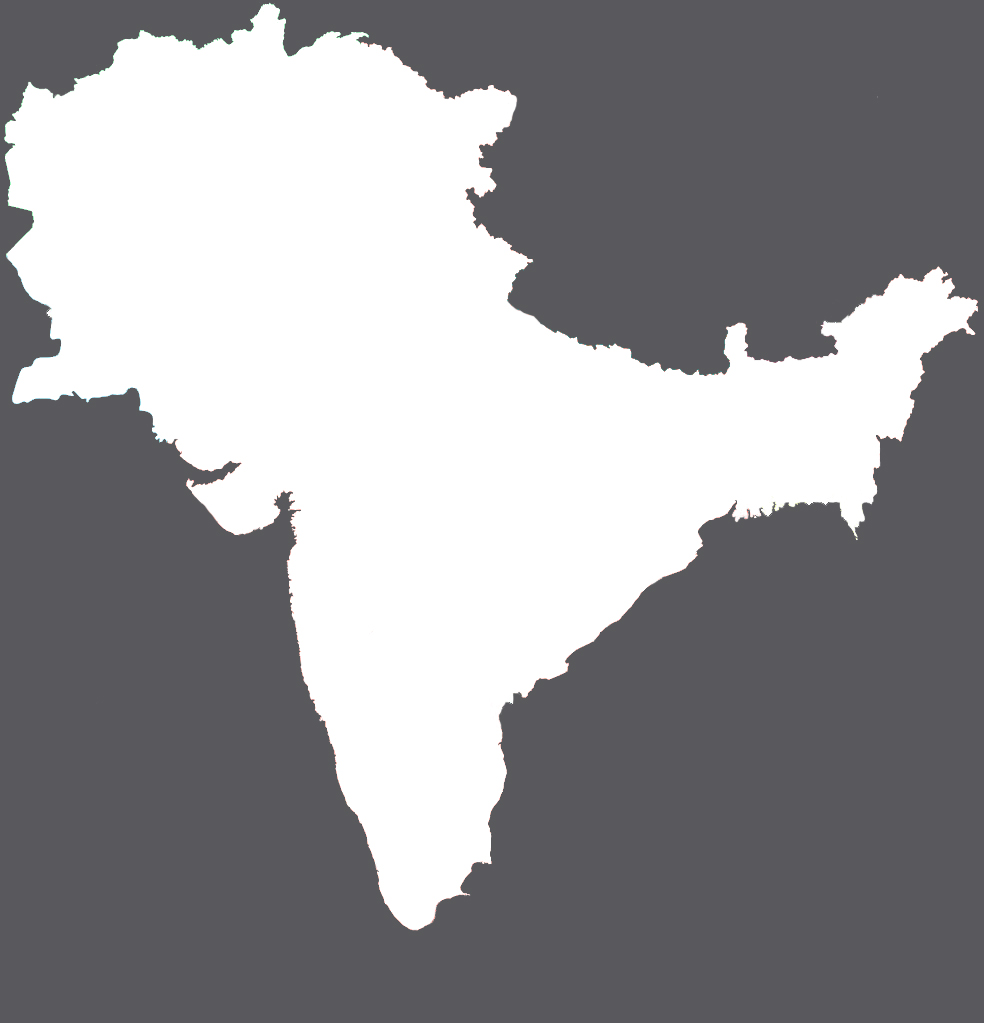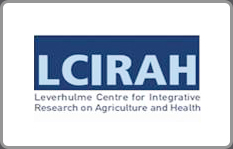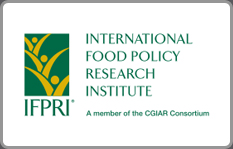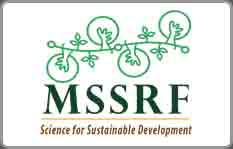The physical and chemical properties of the soil governs the kand productivity The present study focuses on soil properties and nutrient indices of soils in five different villages of Arvi and Karanja blocks of Wardha district, Maharashtra. A research programme on Leveraging Agriculture for Nutrition in South Asia (LANSA) through framing system is in progress in these villages. The soils of the site are slightly acidic to alkaline, medium to high in organic carbon, deficient...
Journal papers
The significance of tuber crops as a source of food, nutrition and income for farmers is well known; but these are often overlooked in the debate about improving food security and tackling malnutrition. This study is a sub-component of a Farming System for Nutrition (FSN) underway in Koraput, Odisha and Wardha in the Vidarbha region of Maharashtra, under the research programme on Leveraging Agriculture for Nutrition in South Asia (LANSA). Tuber crops occupy an integral...
This paper describes the introduction of nutrition garden to address household diet diversity in Wardha, Maharashtra and Koraput, Odisha. The study started with a detailed baseline survey and its assessment in 2013-14 along with designing and promotion of nutrition gardens of fruits and vegetables. A seasonal calendar of locally available vegetables was prepared and seed kits/saplings were distributed accordingly. Data on area, types of vegetables grown, number of households participated,...
Seasonality is recognised as a constraint to agricultural production and food and nutrition security of rural households. It alters the energy intake from different groups of foods based on the availability. These variations in energy intake affect the nutritional status of the population. Eight villages in Wardha district of Maharashtra state and eleven villages in Koraput district of Odisha state were purposefully selected for the study. Foods consumed by households were collected using a...
The benefits of fruit and vegetables are well established, particularly their role in preventing general micronutrient-deficiencies and chronic diseases. However, global food systems are not delivering diverse and high quality diets: healthy food is unavailable and too expensive for many. Creating food environments that foster consumer access to fruit and vegetables will require coordinated policy action across sectors, mostly outside of the health sector. The aim of this paper is to identify...
Despite impressive gain in agricultural production and greater availability of food, a large population in India is suffering from nutritional imbalance. Improvements in total agricultural production leading to nutritive food would help combat under nutrition. To demonstrate the feasibility of agriculture- based remedy to malnutrition, five villages in Wardha district of Maharashtra were selected for validating the farming system for nutrition (FSN) approach.
What drives the large disparities in height-for-age distributions among Indian states - variation in observed nutrition-related endowments, such as wealth or maternal education, or differential strengths of relationships across states between endowments and height-for-age?We explore this question by comparing a set of states with poor nutrition outcomes with the benchmark of Tamil Nadu, a good performer. Applying counterfactual decomposition methods to National Family Health...
Literature on the subject documented the following stylized facts about child nutrition - agriculture links. Agricultural shocks lead to child mortality and child undernutrition in the developing countries as the coping mechanisms include reduction in calorie intake. The wellknown pathways that link agriculture to child nutrition are food, quality of food and care of feeding. Further, agricultural productivity growth contributes significantly to poverty reduction and...
In India, progress against undernutrition has been slow. Given its importance for income generation, improving diets, care practices, and maternal health, the agriculture sector is widely regarded as playing an important role in accelerating the reduction in undernutrition. This paper comprehensively maps existing evidence along agriculture–nutrition pathways in India and assesses both the quality and coverage of the existing literature. We present a conceptual framework...
Successful integration of nutrition interventions into large-scale development programmes from nutrition-relevant sectors, such as agriculture, can address critical underlying determinants of undernutrition and enhance the coverage and effectiveness of on-going nutritionspecific activities. However, evidence on how this can be done is limited. This study examines the feasibility of delivering maternal, infant, and young child nutrition behaviour change communication...







